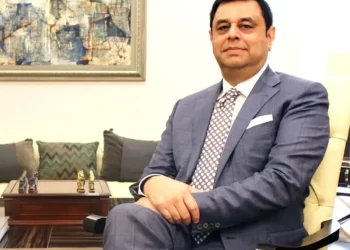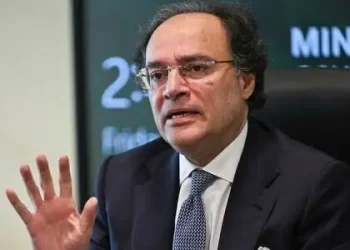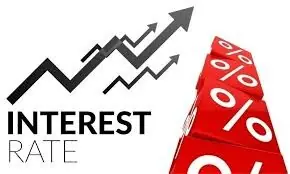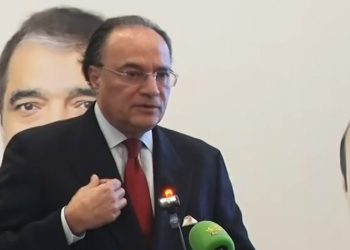WASHINGTON: The US Federal Reserve should keep interest rates at their current elevated levels for longer than previously expected due to disappointing recent inflation data, a senior bank official said Monday.
The Fed has raised interest rates to a 23-year high and held them there as it looks to bring inflation down to its long-term target of two percent.
But despite significant progress last year, the Fed’s inflation fight has faced a setback this year, with the rate at which consumer prices are rising accelerating again in the first quarter.
Fed gets some good news on inflation progress
Speaking at a conference in the US state of Florida on Monday, Fed vice chair for supervision Michael Barr said the bank had made “tremendous progress” in bringing inflation down from its 2022 peak, while unemployment – the other leg of its dual mandate – had remained low.
“We are not yet all the way to our target of two percent,” he said in prepared remarks, noting the “disappointing” recent inflation data.
“These results did not provide me with the increased confidence that I was hoping to find to support easing monetary policy by reducing the federal funds rate,” he said.
“This means that we will need to allow our restrictive policy some further time to continue to do its work,” added Barr, a permanent voting member of the Fed’s rate-setting committee.
Barr’s remarks echo those of Fed chair Jerome Powell, who said earlier this month that the US central bank had to remain “patient and let restrictive policy do its work.”
Also speaking Monday, Fed vice chair Philip Jefferson – another permanent voting member of the Fed’s rate-setting committee – said inflation was still coming down, “although nowhere near as quickly as I would have liked.”
“In making judgments about the appropriate stance of policy rate over time, I will be carefully assessing the incoming data, the evolving outlook, and the balance of risks,” he said in prepared remarks for a conference in New York.
Fed policymakers are widely expected to leave rates unchanged when they meet to set interest rates again next month.









